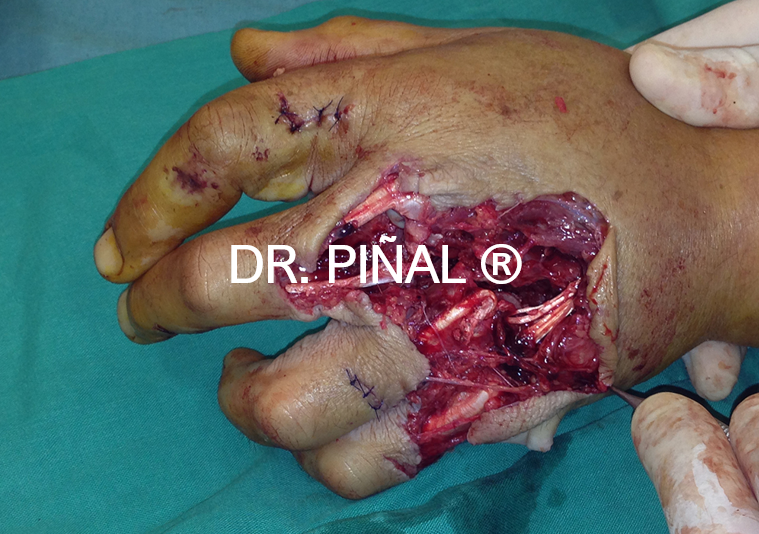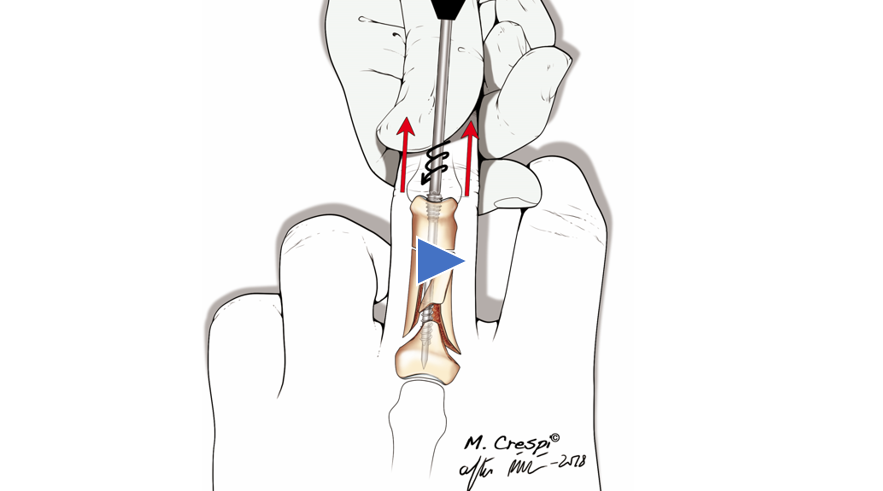Qui sotto puoi leggere una traduzione del traduttore umano in inglese. Hai anche accesso all’originale spagnolo cliccando sulla bandiera nell’angolo in alto a destra. Questo link ti consente di accedere a una versione di traduzione automatica di Google in italiano: http://bit.ly/31CA9Dg
In this new blog entry Dr. Piñal addresses finger fractures and their potential sequelae, such as lack of mobility, angulated fingers or stiffness. Likewise, he analyzes his technique of cannulated screws insertion in the medullary canal of the bones, which allows to fix the mentioned fractures and their early mobilization.
The insertion of cannulated screws is an osteosynthesis procedure that offers more stable results than Kirschner wires and is less aggressive than the use of surgical plates and screws. Thus, it avoids situations in which the patient has a reduced fracture on radiography, but lacks mobility because the plate or the procedure used have damaged the planes of sliding of the tendons.
Besides, Dr Piñal describes the use of other techniques such as the performance of corrective osteotomies -ie, the recreation of the original fracture by cutting- the tenolysis or release of adhered tendons and the use of adipofascial flaps to create new sliding planes through microsurgery.

 es
es en
en fr
fr it
it ru
ru zh-hans
zh-hans
